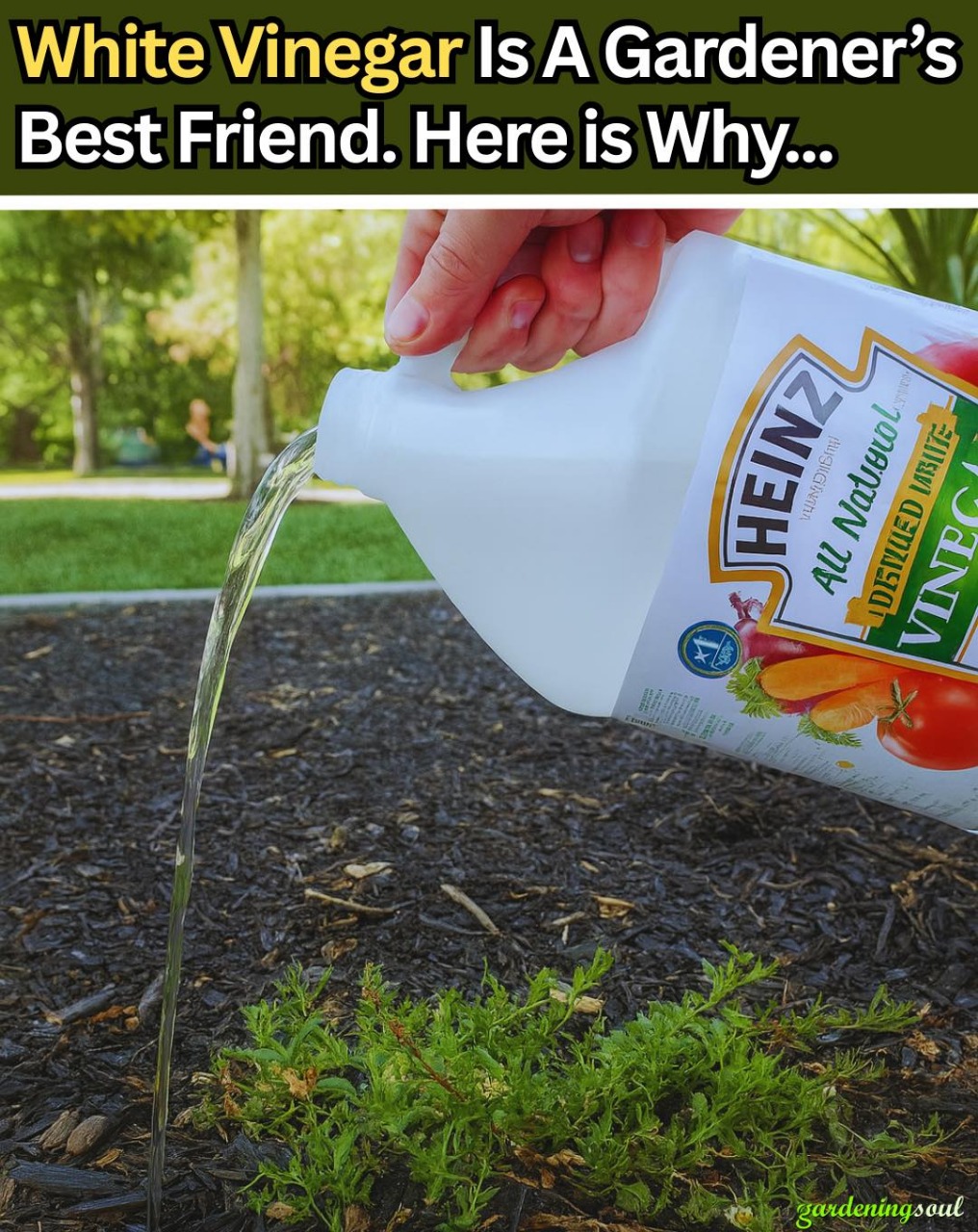2. Clean and Disinfect Garden Tools
Garden tools can harbor bacteria, fungi, and pests. White vinegar is an excellent, natural disinfectant.
How to Clean Tools with Vinegar:
. Wipe tools with a cloth soaked in full-strength vinegar.
. For rusty tools, soak in vinegar overnight to loosen rust.
. Scrub with a wire brush and rinse thoroughly.
Regular cleaning prevents disease spread between plants and prolongs tool life.
3. Repel Ants Naturally
Ants often invade garden beds, especially near sweet fruiting plants. White vinegar disrupts their scent trails.
How to Repel Ants:
. Mix equal parts vinegar and water in a spray bottle.
. Spray along ant trails, entry points, and nest areas.
The scent dissipates quickly for humans but confuses ants and deters them from returning.
4. Clean Clay Pots
Terracotta pots often develop white mineral deposits from hard water and fertilizer salts. Vinegar dissolves these deposits easily.
How to Clean Pots:
. Soak pots in a solution of 1 part vinegar to 4 parts water for 30 minutes.
. Scrub gently with a brush.
. Rinse well and let dry before replanting.
Your clay pots will look like new, and your plants will appreciate the fresh start.
5. Deter Cats and Wildlife
Neighborhood cats love soft garden beds, but vinegar can help keep them out.
How to Use Vinegar as a Repellent:
. Soak rags or cotton balls in vinegar.
. Place them around garden edges or areas you want to protect.
The strong scent deters cats, rabbits, and some other small animals. Refresh every few days or after rain.
6. Balance Soil pH in Acid-Loving Plants
Certain plants like azaleas, rhododendrons, and blueberries thrive in acidic soil. If your soil is too alkaline, vinegar can temporarily lower the pH.
How to Acidify Soil:
. Mix 1 cup of white vinegar into a gallon of water.
. Water the soil around acid-loving plants.
Don’t overdo it – this is a temporary fix, not a permanent solution. Regular soil testing is essential to avoid harming your plants.
7. Extend Cut Flower Life
Adding vinegar to vase water helps keep bacteria at bay, extending the life of cut flowers.
Homemade Floral Preservative:
. Mix 2 tablespoons vinegar + 2 tablespoons sugar into 1 quart of water.
. Fill your vase with the solution before adding flowers.
The vinegar inhibits bacteria, while sugar feeds the flowers.
8. Kill Moss and Algae
Moss or algae on sidewalks, patios, or garden ornaments can be slippery and unsightly.
How to Remove Moss and Algae:
. Spray undiluted vinegar directly on the mossy or algae-covered surface.
. Let sit for 15–30 minutes.
. Scrub with a stiff brush and rinse.
Avoid using vinegar on lawns or desirable moss in shaded gardens—it’s non-selective and will kill anything it contacts.
9. Refresh Seed-Starting Equipment
Plastic seed trays, pots, and cell packs can harbor pathogens if reused year after year.
How to Clean Seed-Starting Supplies:
. Soak equipment in a 1:1 solution of vinegar and water for 15–30 minutes.
. Rinse thoroughly.
This kills bacteria, fungus spores, and mold, giving seedlings a healthy start.
see next page
For Complete Cooking STEPS Please Head On Over To Next Page Or Open button (>) and don’t forget to SHARE with your Facebook friends
ADVERTISEMENT

